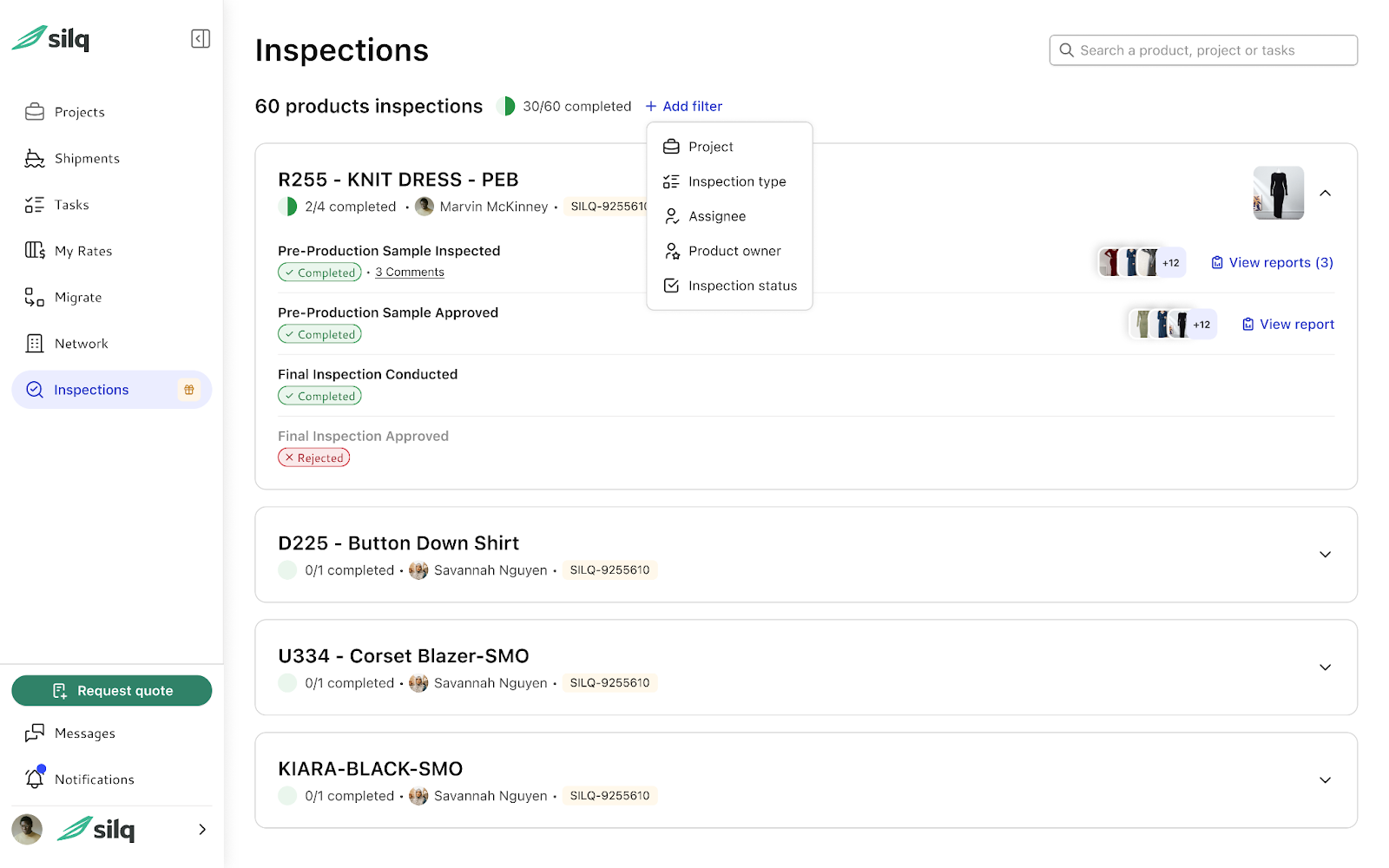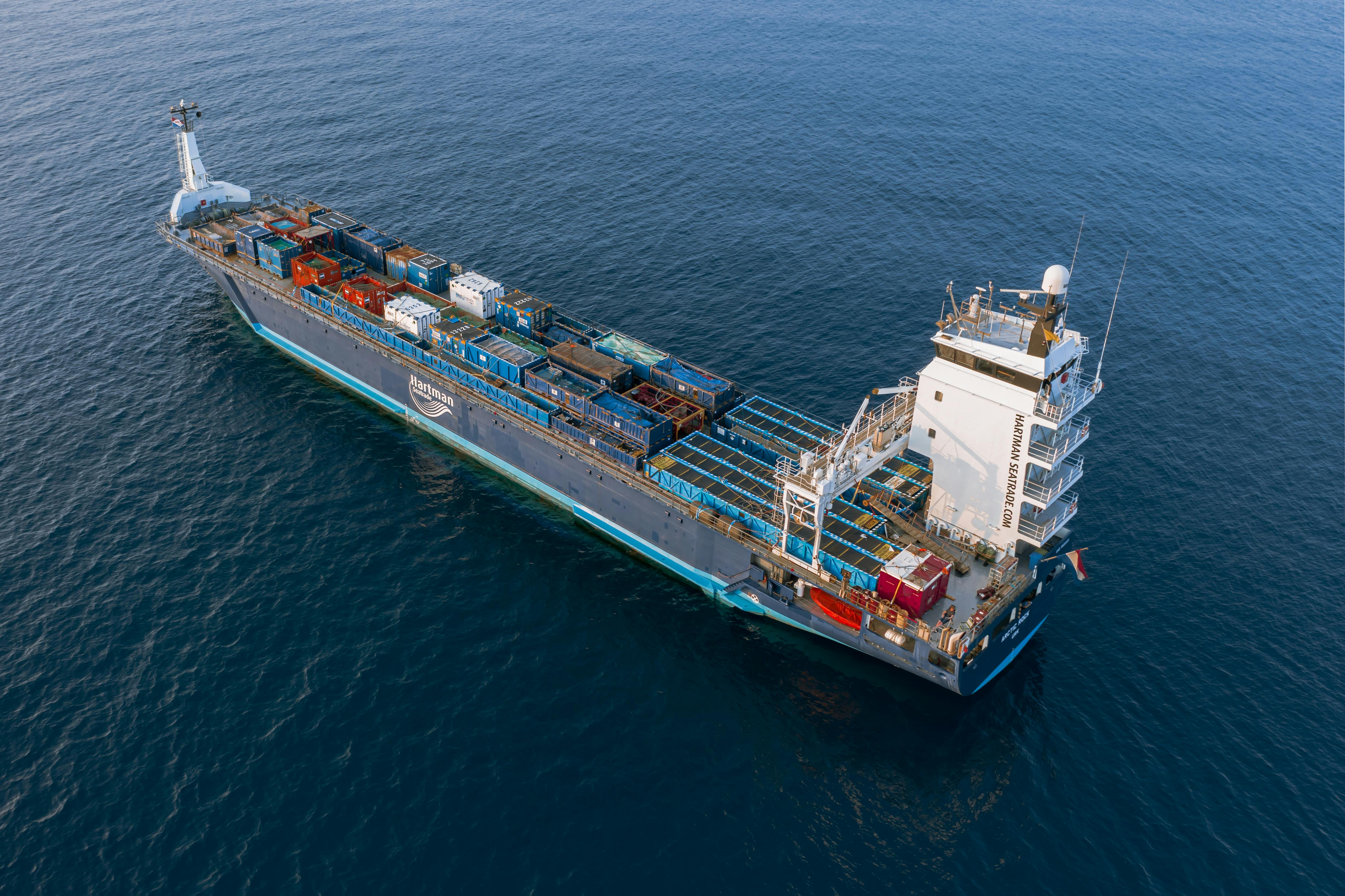Why Supplier Diversification Is Crucial & How to Do It

When 2025’s Liberation Day tariffs sent global supply chains into a frenzy, it became clear: relying on a single supplier, or even a single country, is no longer a strategy; it’s a risk. Amid growing geopolitical flare-ups, pandemic-era aftershocks, global policies, and natural disasters, supplier diversification has emerged as the go-to strategy for building a resilient supply chain.
Consumers don’t wait, and margins don’t forgive missteps. So, how can you expand your supplier base while minimizing disruptions and unlocking cost savings? Let’s unpack the strategies to diversify suppliers that leading brands use to stay nimble, competitive, and disruption-ready.
The Real-World Cost of Single-Source Supplier Dependency
According to McKinsey, supply chain disruptions lasting longer than a month or more now occur every 3.7 years on average, costing businesses up to 45% of their yearly profits. Over the past years, brands across industries have faced a perfect storm: unstable freight markets, port congestion, raw material shortages, and now, renewed tariff threats.
On April 2, 2025, the Trump administration unveiled sweeping trade measures known as the “Liberation Day Tariffs”: a baseline 10% tariff on nearly all imports, excluding only Canada and Mexico, plus additional reciprocal tariffs targeting about 60 countries deemed to have unfair trade practices.
The announcement immediately triggered volatility across global markets. Businesses scrambled to interpret the implications, accelerate shipments, and rework sourcing strategies. The backlash was swift. Although some of these tariffs were later walked back, the sudden policy reversal created weeks of panic, stockpiling, and pricing volatility—especially for U.S. importers that lacked contingency plans.
If your sourcing is concentrated in one geography or reliant on a handful of current suppliers, your exposure is enormous. Risk mitigation through supplier diversification ensures that you can adapt swiftly to policy changes and maintain operational continuity.
Read More: Trump's 'Liberation Day' Tariffs: Live Updates & What They Mean for Supply Chains
1. Audit Your Current Supplier Ecosystem
You can’t manage what you don’t measure. Start by evaluating your existing suppliers for:
- Geographic concentration: Are 80% of your SKUs coming from one region?
- Volume concentration: Do any single suppliers account for over 50% of your spend?
- Performance metrics: What’s the on-time delivery rate? Defect rates? Responsiveness?
- Compliance risk: Are you relying on factories with limited documentation or poor audit history?
Tools like Silq Edge can help you run factory audits, review supplier backgrounds, and access real-time inspection data. Don’t wait for a disruption to uncover a weak link in your network.
2. Design a Tiered Supplier Strategy
A robust supplier diversification model includes primary, secondary, and specialized suppliers:
- Primary providers: Long-term partners who can scale with you
- Secondary/contingency suppliers: Pre-vetted backups who can flex capacity
- Specialized vendors: For new products, niche categories, or regional launches
The goal isn’t to onboard as many providers as possible, but to align your supplier relationships with business priorities like sustainability, speed-to-market, and cost optimization.
Pro Tip: Choose secondary suppliers in different regions and time zones. It increases flexibility and creates a true hedge against localized supply chain disruptions.
Read More: Building Resilient Supply Chains: Strategies and Considerations for Diversifying Beyond China
3. Diversify Geographically & Intelligently
Diversifying your sourcing across multiple regions is a highly effective way to reduce exposure to geopolitical disruptions, natural disasters, and rapidly shifting tariff policies. If your supply chain is over-concentrated in a single region, especially one prone to volatility, you're inviting unnecessary risk.
That’s why a growing number of companies are making bold structural changes. In fact, 73% of companies have modified their supply chain networks in the past 2 years, according to Gartner. This reflect a broader trend: chief supply chain officers are prioritizing resilience, agility, and flexibility over lowest-cost sourcing.
Key regions to consider include-
- Southeast Asia (Vietnam, Indonesia, Thailand): Increasingly popular alternatives to China, with expanding infrastructure and competitive labor markets.
- India: A rising powerhouse in textiles, pharmaceuticals, and electronics, with strong government incentives for export-focused production.
- Latin America: Offering nearshoring advantages for North American markets under favorable trade agreements.
- Eastern Europe & North Africa: Particularly valuable for EU-based brands seeking shorter lead times and compliance-driven manufacturing.
When evaluating new markets, don’t just compare unit cost. Use tools like Silq Edge offering landed cost estimates, insights on tariff exposure, and audit of potential suppliers for quality, scalability, and reliability.
4. Strengthen Qualification & Monitoring Processes
Diversifying suppliers is only valuable if they can deliver consistently. You need rigorous vetting and ongoing oversight. Here are some best practices:
- Conduct pre-shipment inspections for new production runs
- Schedule factory audits using a reliable partner like Silq
- Use digital tools to track lead times, inventory levels, and supplier performance
- Maintain centralized records for compliance documents and shipment timelines

Standardizing your vetting criteria and regularly updating them ensures that you're onboarding partners who share your values and operational needs.
Read More: Why Third-Party Factory Inspections Are Essential for Quality Control
5. Collaborate–Don’t Just Contract
The best supplier relationships aren’t transactional but built on shared goals, trust, and open communication. Build stronger partnerships with new suppliers by:
- Sharing forecasts and product roadmap timelines
- Offering visibility into promotional peaks or new category launches
- Co-investing in upgrades that benefit both parties (e.g., packaging automation)
These steps boost loyalty and ensure that suppliers prioritize your orders, even during capacity crunches or labor shortages.
6. Lean Into Technology for Real-Time Decision-Making
Digital transformation is a cornerstone of supply chain diversification. With the right tech stack, you can:
- Access real-time rates and capacity data across multiple lanes
- Simulate scenarios using “what if” planning tools
- Compare multiple potential suppliers on performance and cost
- Automate the RFQ and documentation process
- Track shipments across geographies and modes
Platforms like Silq give you centralized control and transparency, helping you make smarter, faster sourcing decisions under pressure.
7. Align Cross-Functionally on Diversification Initiatives
A successful diversification strategy depends on collaboration across procurement, logistics, compliance, and finance.
- Your logistics team knows where disruptions are most likely to hit
- Finance can help model total landed cost and cash flow implications
- Compliance ensures alignment with labor, environmental, and trade regulations
- Sourcing ensures suppliers meet spec and can scale
Getting everyone in the same room (or platform) early helps avoid rework, delays, and missed expectations.
Bonus: Use Silq Edge to Power Your Diversification Strategy
If you’re ready to expand your supplier base, vet new factories, or reduce freight volatility, Silq Edge is designed to help you move with confidence.
With Silq Edge, you get:
- 2 Factory Audits + Background Checks
- Landed Cost Estimates for your top SKUs
- In-App Track & Trace (even for non-Silq shipments)
- Expert HTS Classification Reviews
- $1,200 in welcome credit for qualifying brands
Streamline your diversification initiatives and stay ahead of the next disruption: Claim your welcome credit here.
Diversification Builds More Than Resilience, It Builds Advantage
If the past few years have taught us anything, it’s that supply chain strategy is not just about keeping operations running—it’s about driving growth, protecting margins, and staying one step ahead of the unexpected.
According to Maersk, decision makers rank supply chain diversification 3rd out of the top 15 trends.
Leading brands are building diversified supply chains to:
- Reduce dependency
- Respond promptly to fluctuations
- Explore new markets
- Avoid shortages, delays, and political fallout
Whether you're planning for the next wave of tariffs, managing supplier performance, or launching new products, your success depends on having a strong, diverse, and flexible network of partners. Want more supply chain management insights like this? Get in touch with a Silq expert for sourcing tips and tools to power your procurement strategy.
Ready for Supply Chain Predictability?
Importers using Silq ship smarter, safer, and with total control.







